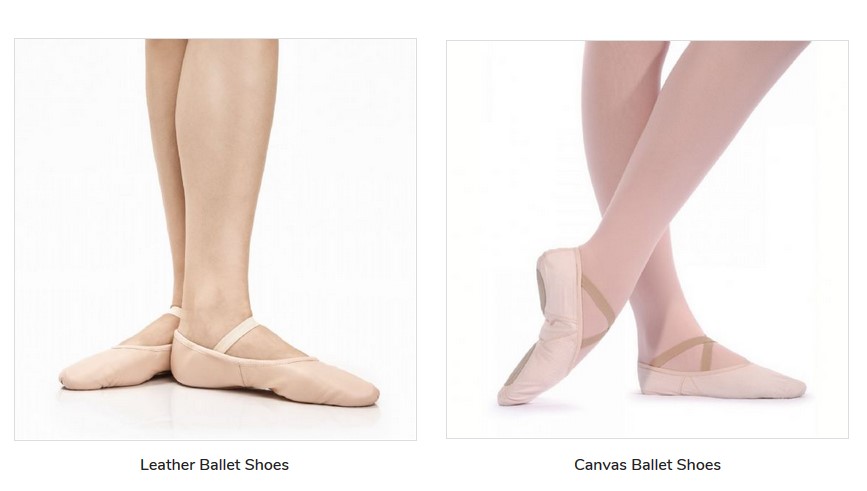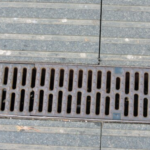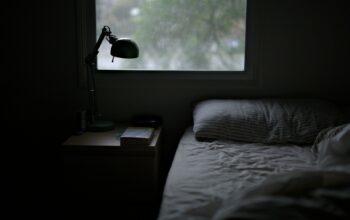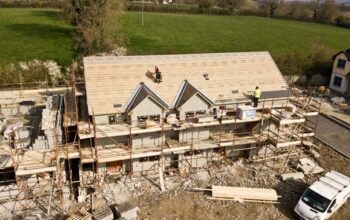On the surface, ballet might seem like a delicate dance form. But the truth is ballet is no less than any form of technical sport; it requires strength, endurance, coordination and flexibility.
Are you considering signing your kids or yourself up for ballet classes? If so, you need to ensure you get the right ballet shoes.
Ballet requires technical shoes, which are necessary for performance and safety. If you are a complete novice to the world of ballet, this post will help you find the right ballet shoes.
Material & Size
For choosing the right ballet shoes, first, you need to know what are not ballet shoes. The popular streetwear ‘ballet flats’ are drastically different from actual ballet shoes.
Ballet shoes are made from a range of materials such as canvas, leather and mesh. The choice of material differs from person to person. Canvas or mesh is preferred by older dancers for its moldability. However, children usually wear leather that offers durability and better traction.
When buying ballet shoes for kids, don’t make the mistake of buying a larger size thinking your child will grow into them. The right sized shoes are imperative for ballet.
The Right Ballet Shoe Fit
Adding to the previous point, the fit of ballet shoes is the most important feature. It’s essential for learning good foot alignment and also preventing injuries.
The shoe shouldn’t be too tight or too loose. It should fit snugly like a sock without any wrinkles or bunching.
To find the right fit consult your ballet teacher or a professional shoe fitter. A professional will correctly measure your feet on a flat surface and help you find the right fit ballet shoes. Walk around to get a feel of the shoes. They shouldn’t be so tight that your toes are bent or crushed. If so, ask for a bigger size.
The Sole of The Ballet Shoes
Sole of ballet shoes offer a protective layer of cushioning to reduce the risk of injuries. There are two kinds of ballet shoe soles; full-sole and split-sole.
Most dancers and teachers prefer a split-sole over a full-sole. This is because a split-sole hugs the feet and makes it easier to arch and point. It lets you articulate your feet better and see what’s going on with the toes inside the shoes.
That being said, full-sole ballet shoes are appropriate for children. The single leather strap helps strengthen their inexperienced feet and provides balance and stability.
Choosing The Right Colour Ballet Shoe
Have you ever wondered why ballet shoes are never vibrantly coloured? This is because in ballet the foot is supposed to continue the line of the leg. Therefore, the shoe colour should match your skin tone if you train with bare legs. Traditionally, female dancers wear tan shoes while male dancers wear black shoes.
The colour can also depend on your ballet instructor’s preference.
Ballet Shoes Need Elastic
You will be required to sew elastic onto your shoes for them to stay put. It should secure your shoe on your foot without being too tight. A lot of dancers prefer two crossed-over elastics as opposed to a single horizontal elastic.
Some shoes come with elastics partially sewn on them, but you can easily find a tutorial on YouTube to help you.
Ballet Shoes Price
Ballet shoes aren’t that expensive, especially for kids. But ballet shoes do wear out a lot.
A professional ballerina can go through 100-120 pair of pointe shoes in one season! Leather shoes are long-lasting, while canvas and satin tend to wear much faster. If you are looking for high-quality yet affordable ballet shoes, head over to Dancing Daisy.
Finding the right shoes is crucial to do justice to this dance form. If you’re still unsure, don’t feel shy to reach out to your dance instructor or a professional for advice.
Related Posts












